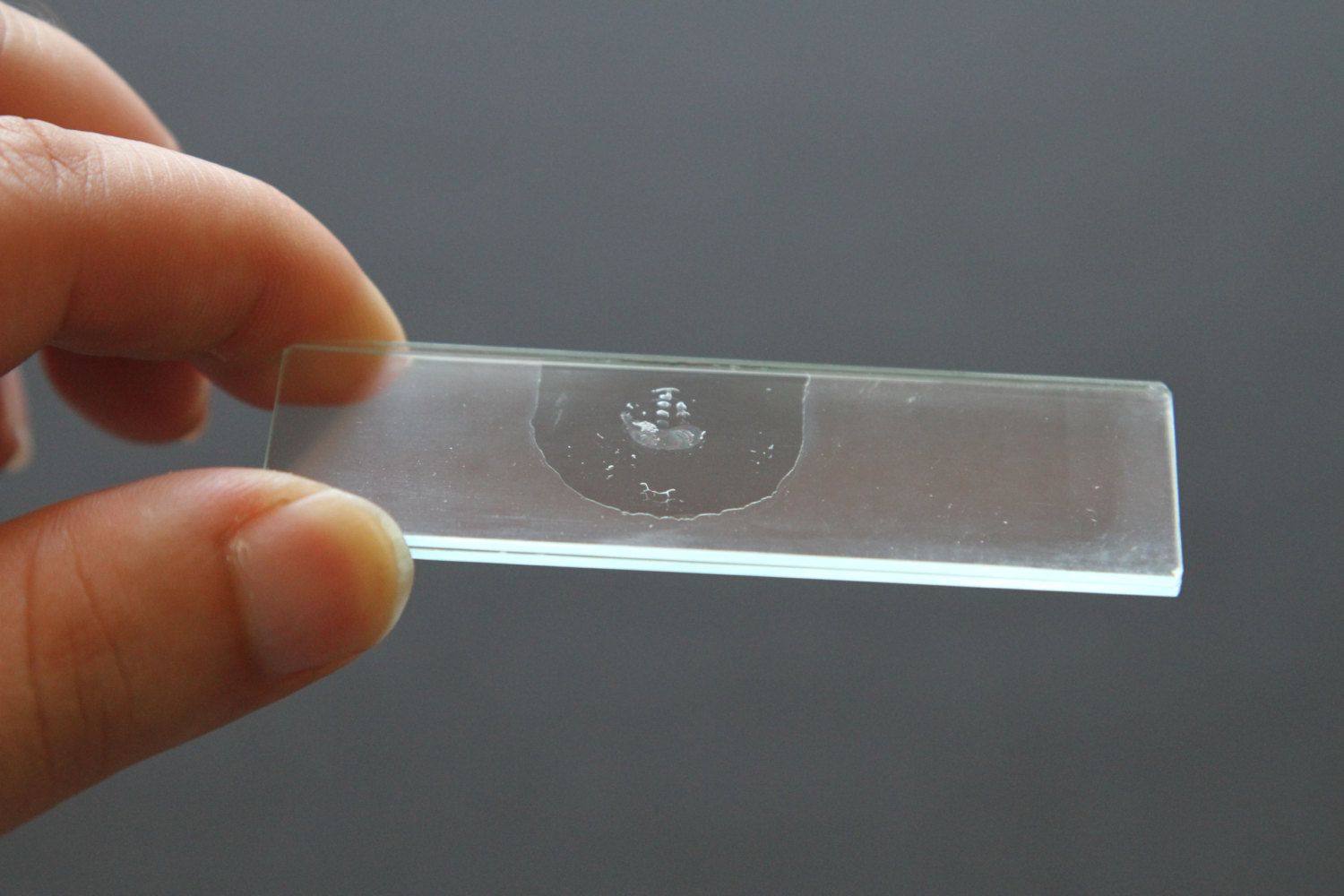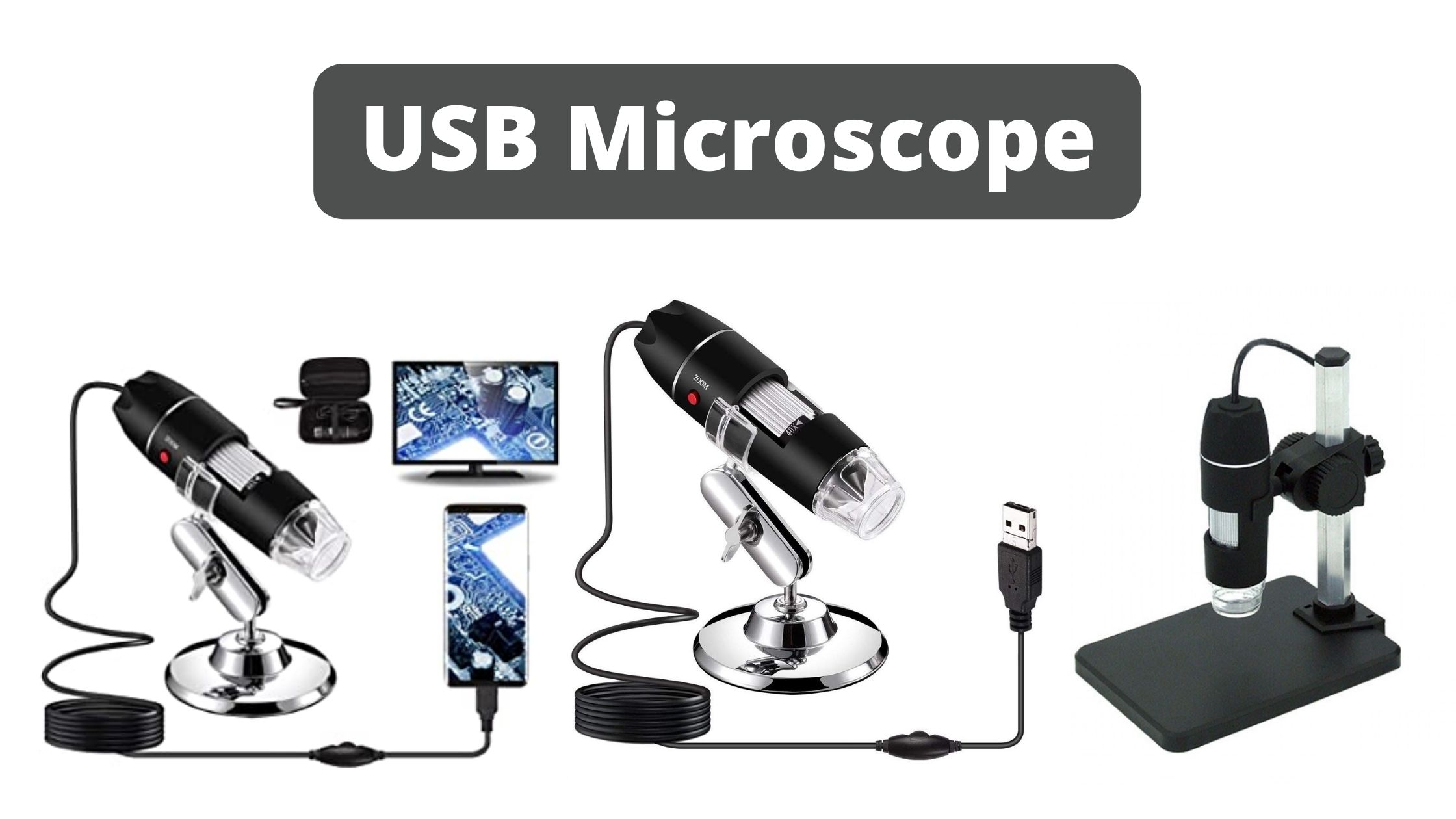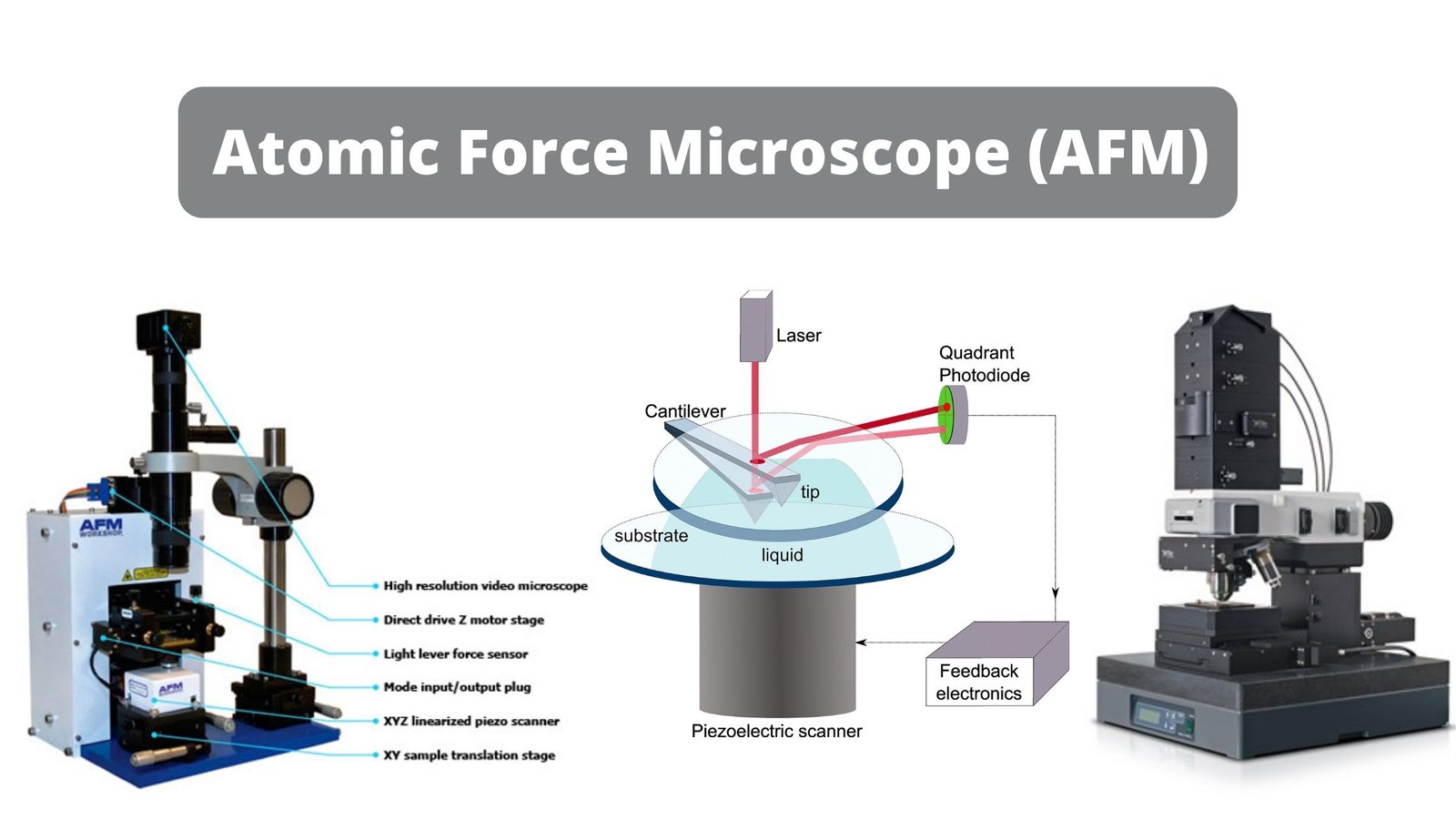Light Microscope – Labeled Diagram, Definition, Principle, Types, Parts, Applications
This reflects the seemingly marvelous developments that have occurred from the history of microbiology to the present day. Advances in technology and subsequent research in the field over the years have meant that once we learned how to study these tiny creatures, we only grew in appreciation for these vital little agents. But in 1590, … Read more









